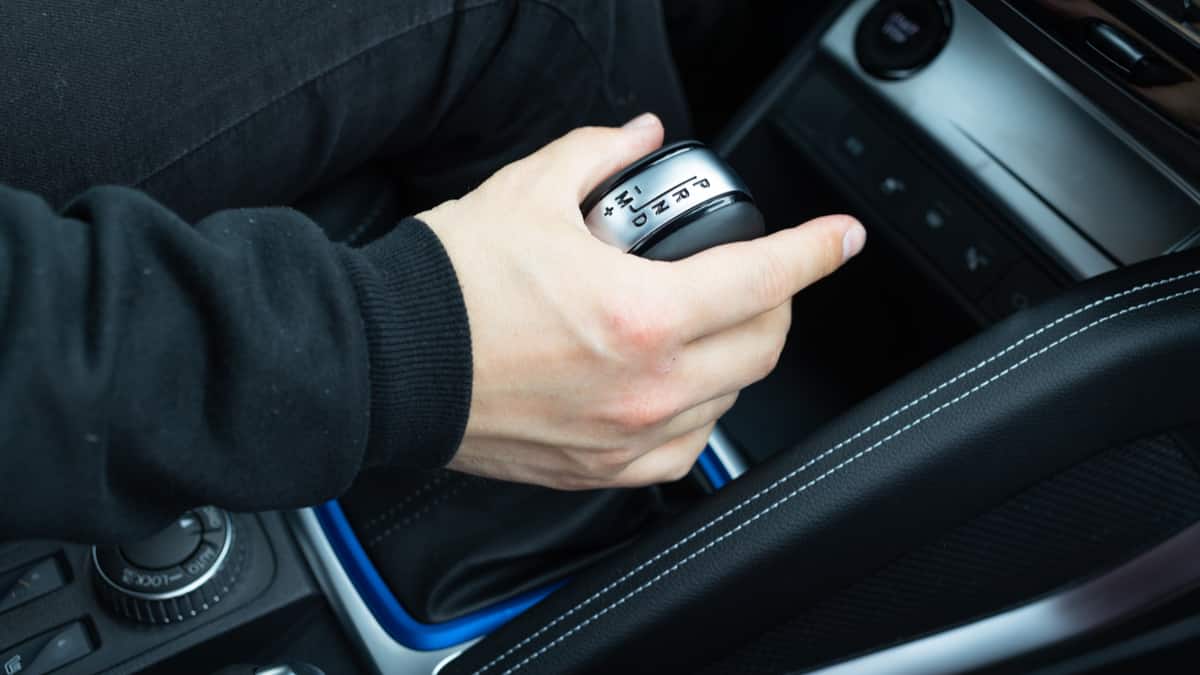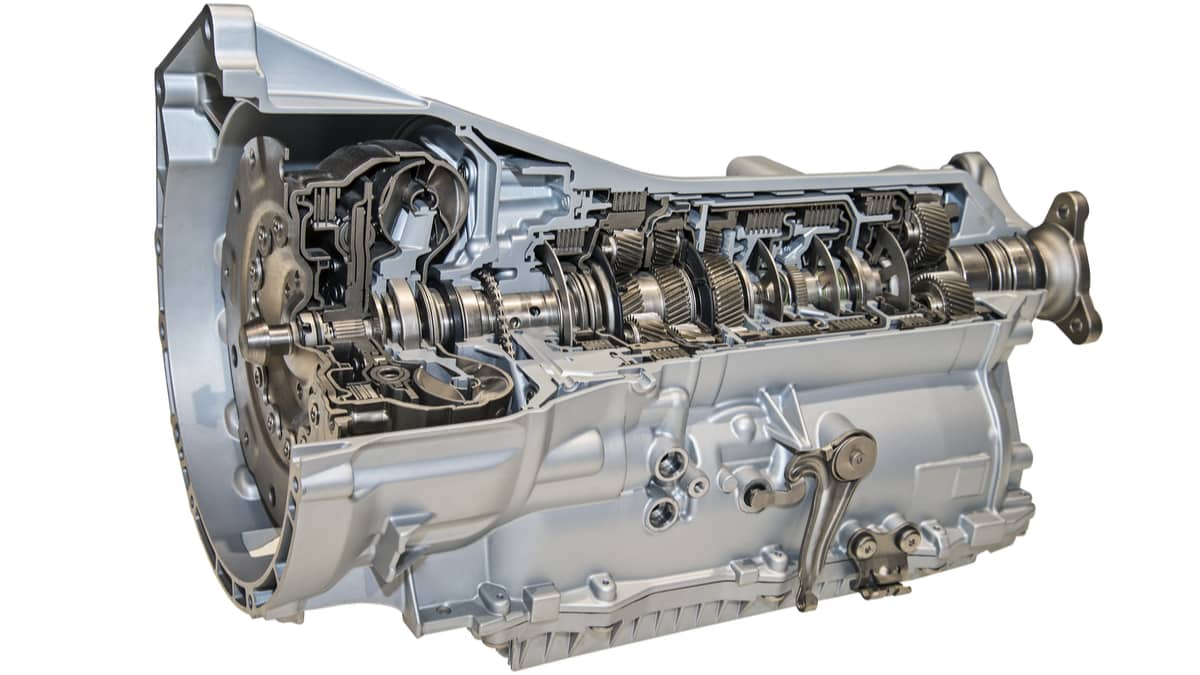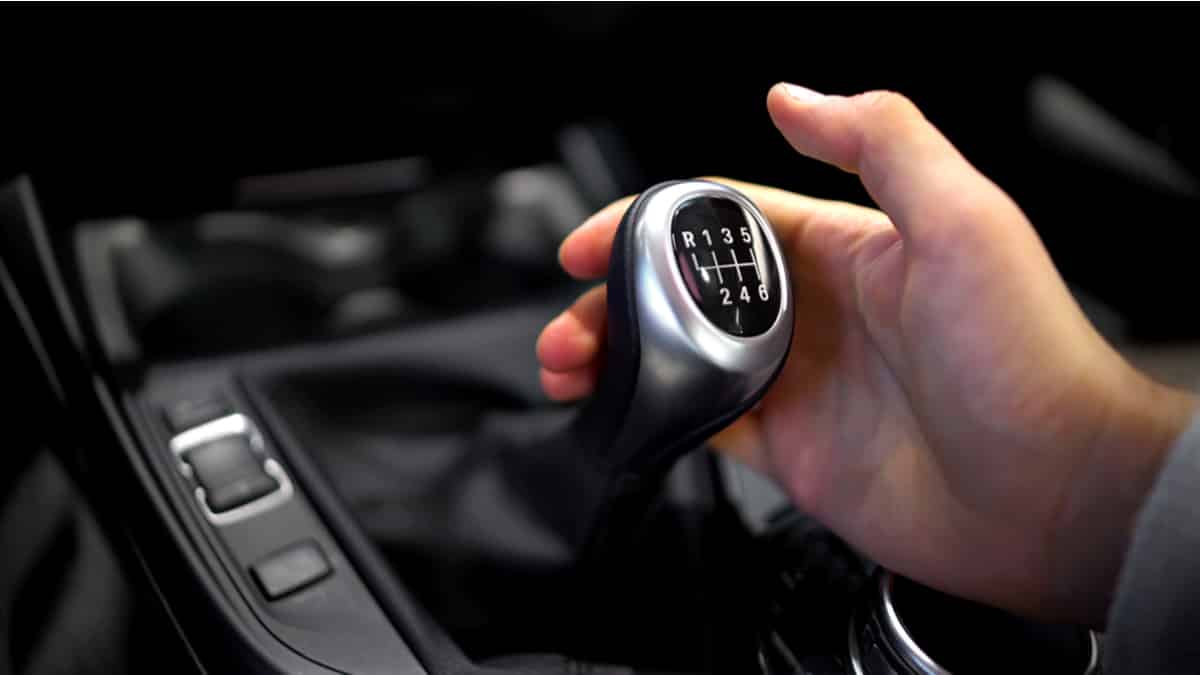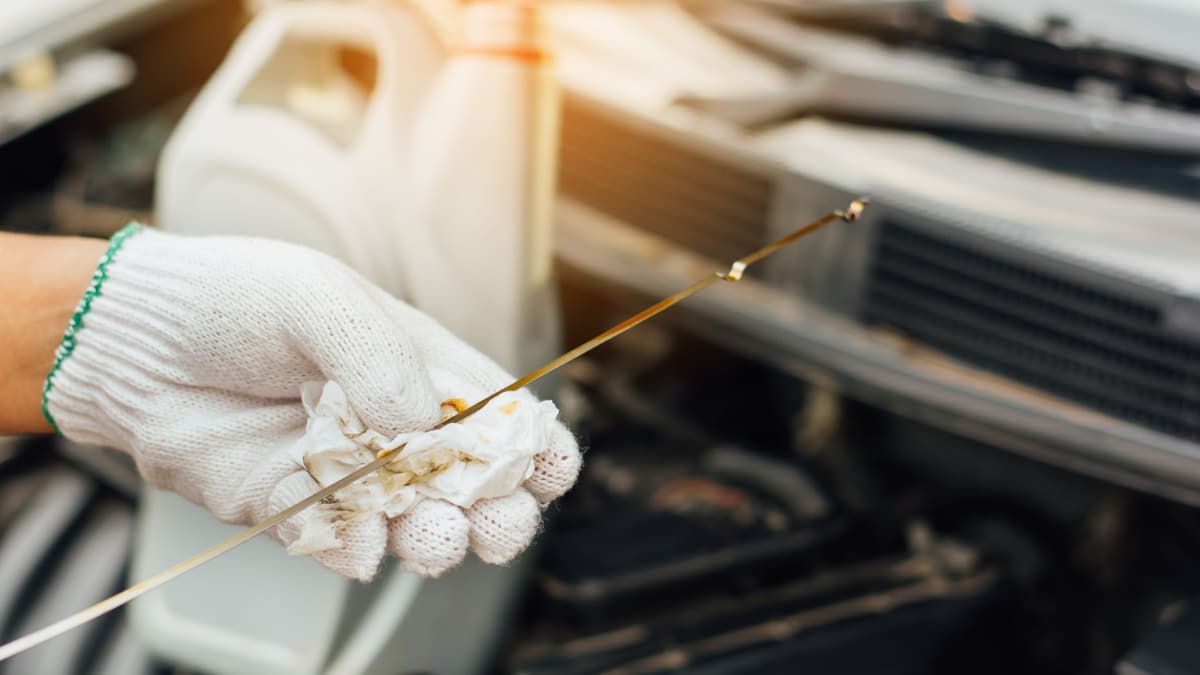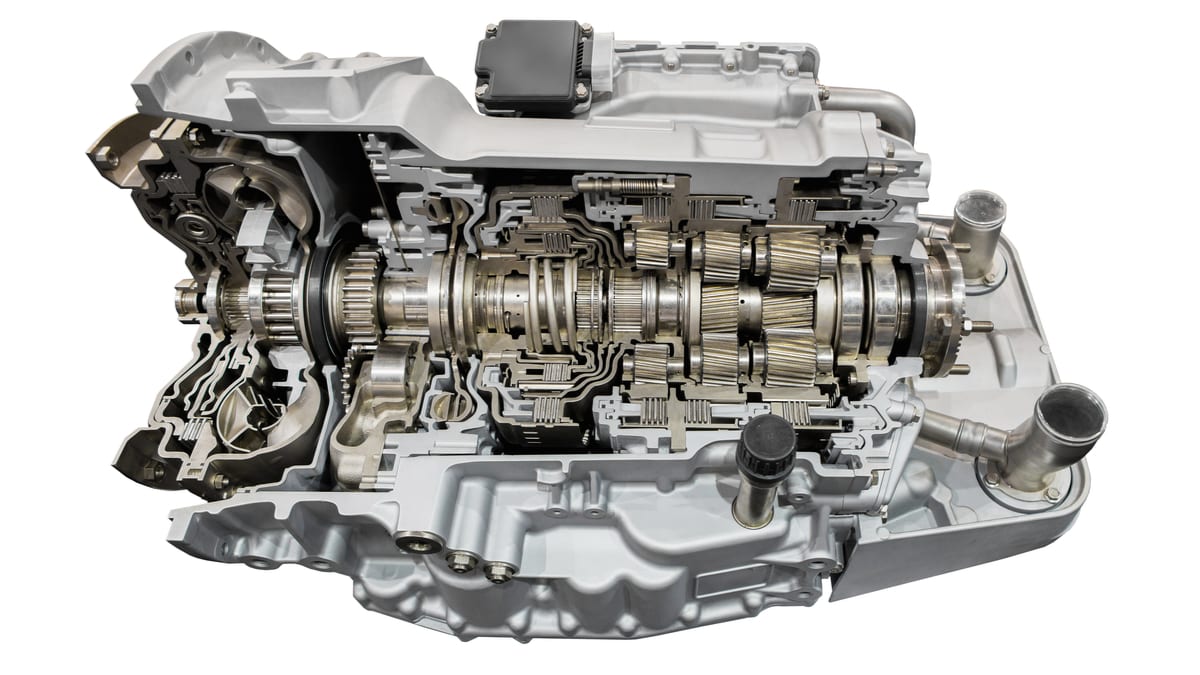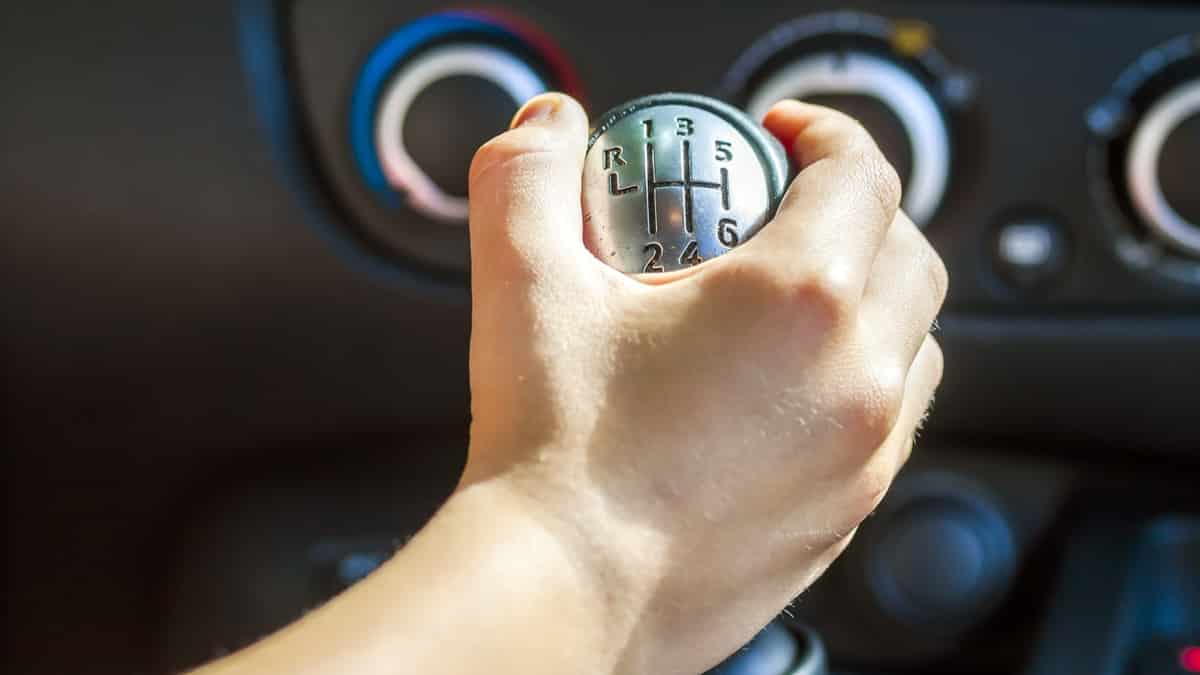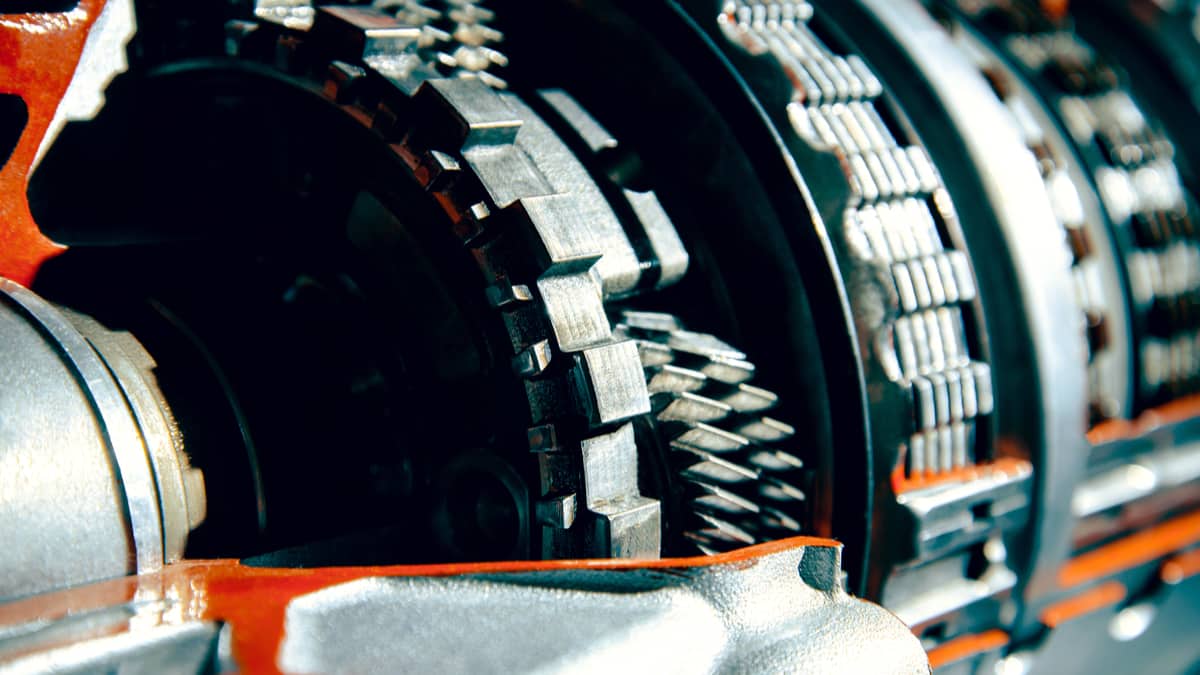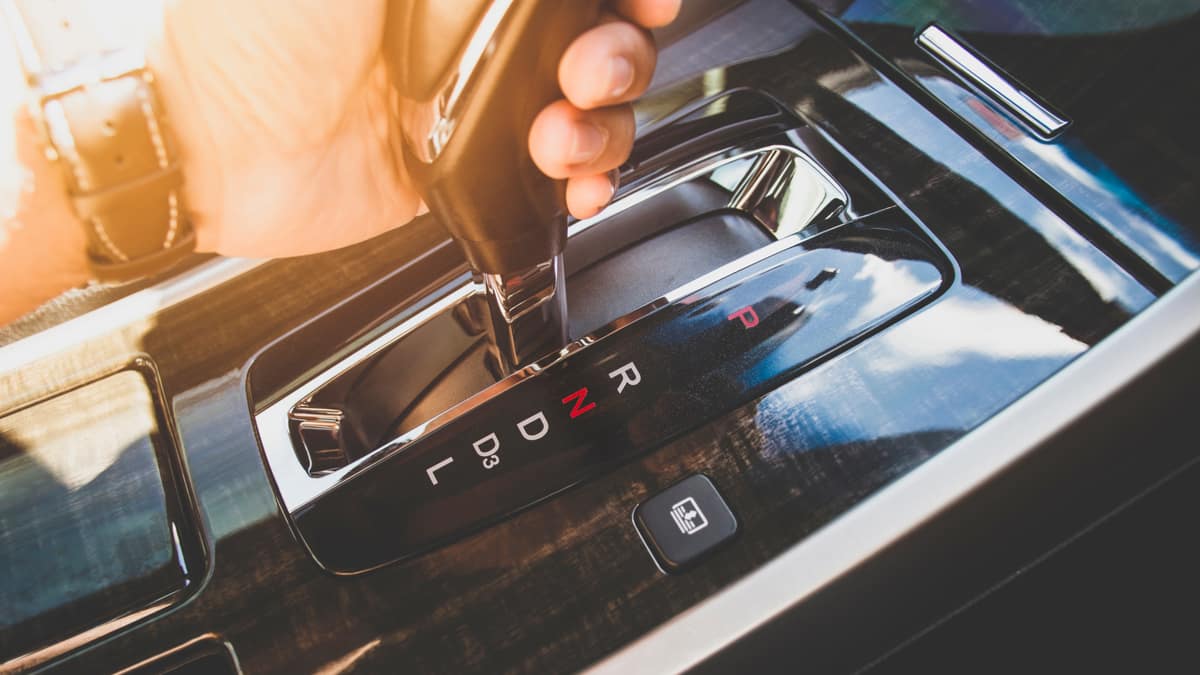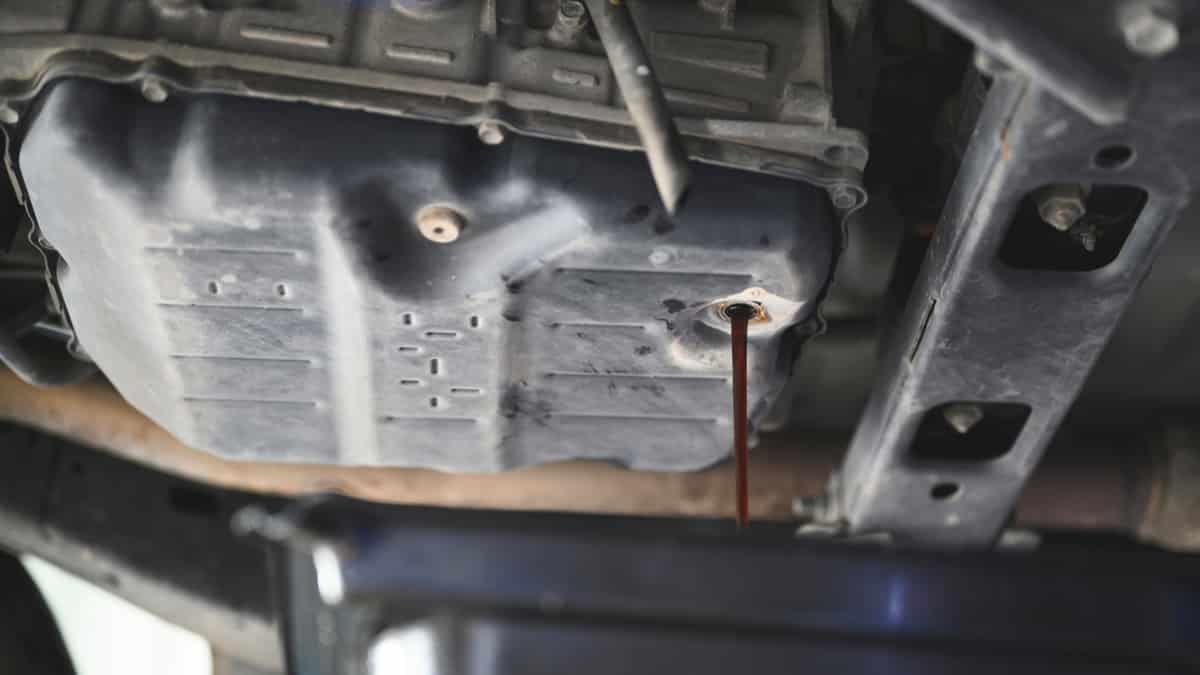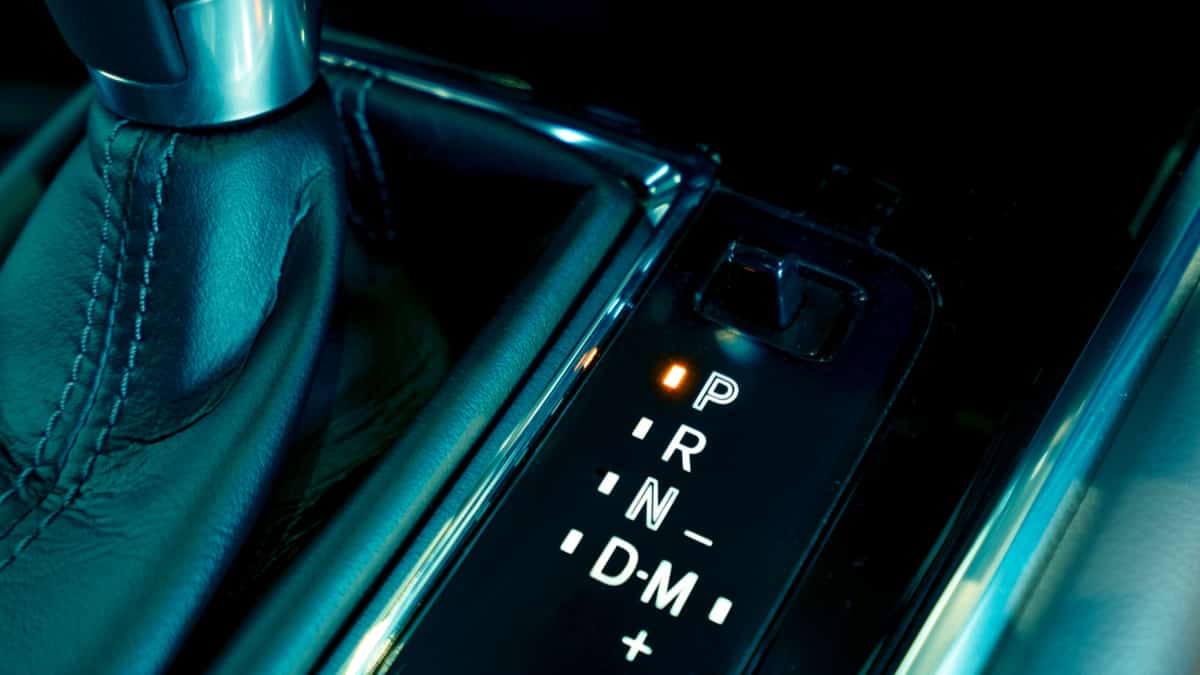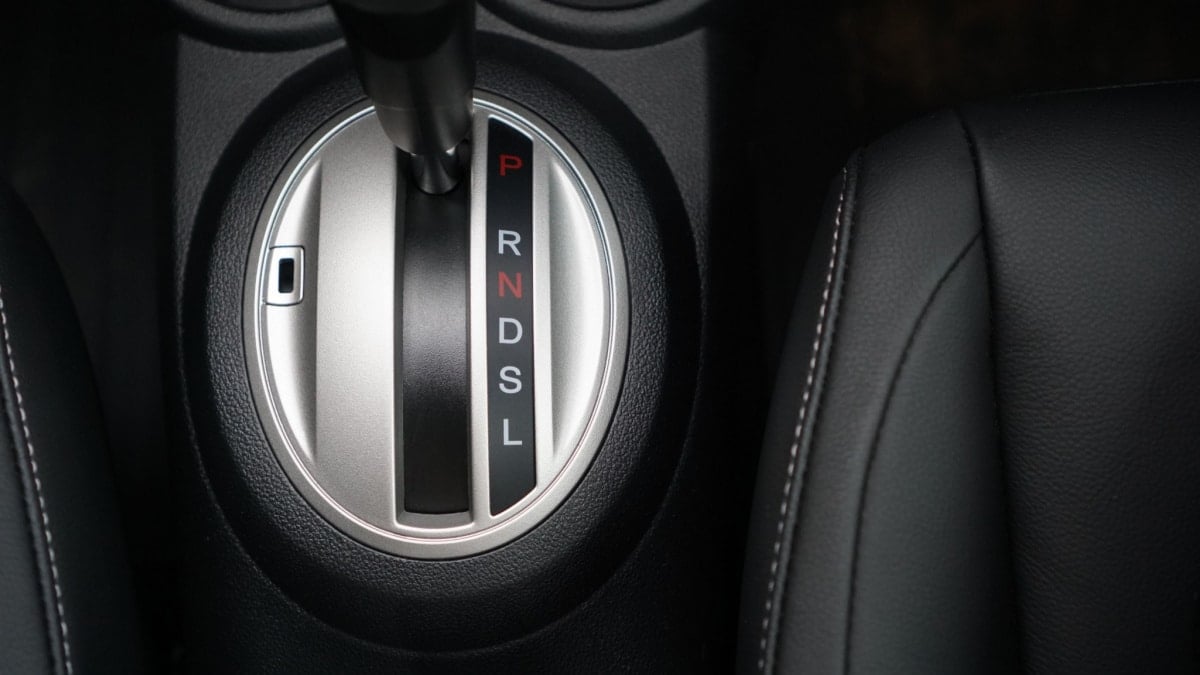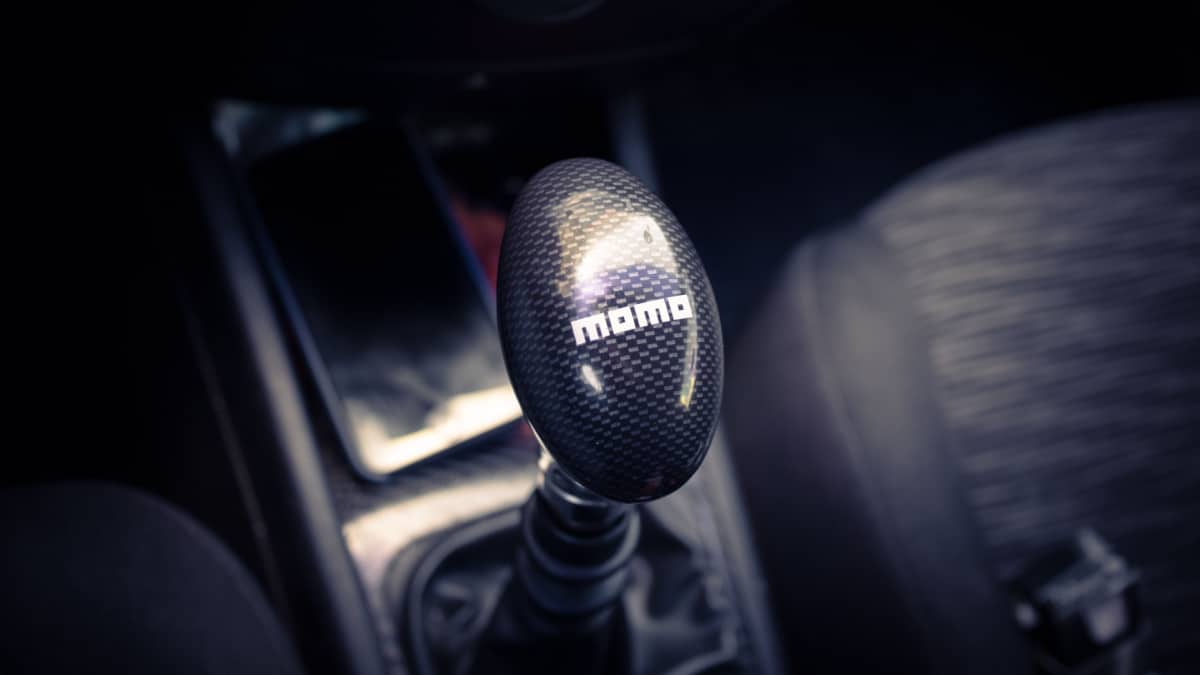No one looks forward to resolving transmission problems. The issues can be serious in nature and expensive to repair.
If you need a new transmission, you could be looking at thousands of dollars, leaving you to wonder if it’s time for a new vehicle. However, when the transmission is shifting hard, it doesn’t automatically mean there’s a major problem.
In this guide, I evaluate what might cause the transmission to shift hard. I will also show you a few ways to resolve the issue.
Transmission Shifting Hard Causes (Automatic)
The most common reasons why an automatic transmission is shifting hard are due to transmission fluid issues, a bad transmission vacuum modulator, a failed transmission sensor, a bad shifter cable, or cold weather.
Here is a more detailed list of the common reasons why an automatic transmission is shifting hard:
1. Fluid Issues
The most common reason your transmission is shifting hard is due to fluid concerns. If the transmission fluid becomes too low, the clutch and gears will grind because of a lack of lubrication. If the low levels are consistent, you want to hunt down the leak which is causing the system to lose fluid.
Additionally, contaminated fluid can lead to hard shifting. As impurities in the fluid buildup, lubrication is diminished, and contaminants infiltrate the system.
RELATED: Transmission Fluid Color Chart (5 Different Colors)
2. Failed Sensor or Solenoid
There are sensors on the transmission that monitor the shifting. If the engine control module (ECM) detects an issue with the sensor monitoring the transmission position or speed, it will alert you to the fault. It can also cause rough shifting.
If the VSS sends a bad signal to the ECM while the car is in first gear, it might not be able to shift out of this gear. Sensors can become damaged because of old age, an electrical short, or excessive temperatures.
Check the codes with a code scanner compatible with your ECM and TCM and check for any related trouble codes on shift solenoids or other sensors and solenoids.
3. Cold Weather
If temperatures are low and the transmission hasn’t warmed up yet, hard shifting might be considered normal. Until the transmission reaches its normal operating temperature, the operation could be rougher than normal.
Transmission fluid becomes thicker as the temperatures drop, leading to less lubrication. Additionally, the parts inside have to work harder to pump the fluid around. If you add a reliable synthetic fluid to the transmission, you might alleviate issues with the temperature.
4. Adaptive Transmission
Some transmissions are considered adaptive in that they are consistently learning and adjusting to your driving patterns. There’s an internal computer regulating engine RPMs to ensure the transmission runs as it should.
If you disconnect the battery or there’s another type of fault, the adaptive transmission could fail to use its memory settings. As a result, you could experience rough shifting while the transmission relearns proper operation.
5. Bad Transmission Vacuum Modulator
The transmission vacuum modulator valve is responsible for measuring the load from the engine to provide ideal shifting operations. If this modulator is failing, you might experience your transmission shifting hard.
The car vacuum line can become twisted, pinched, disconnected, or clogged. The valve itself can also go bad. When either of these happens, it can cause extra pressure on the transmission. This modulator is often installed on older car and transmission models.
6. Bad Shifter Cable
Automatic vehicles often have a cable or linkage that connects the transmission to the shifter. When this cable fails, there could be issues as the gears change.
You might see this show up most commonly when shifting between first and second gear. In some cases, you will be able to adjust the shifter cable. Otherwise, it’s time for a replacement.
7. Torque converter
The torque converter is located between the transmission and the engine to transfer the power from the engine to the wheels. The torque converter is filled with transmission fluid, and therefore, poor transmission fluid can make the converter behave strangely.
But sometimes the torque converter can fail, and in this case, you have to replace it. If your transmission slips, it could be a sign of a bad torque converter.
RELATED: Should You Repair, Rebuild, or Replace Your Car’s Transmission?
Transmission Shifting Hard Causes (Manual)
The most common causes of manual transmission shifting issues are faulty gears, a defective clutch, low gear oil, a damaged synchronizer ring, or a bad gear hub sleeve.
1. Low Gear Oil
The manual transmission also requires fluid to keep the gears lubricated and running correctly. If there is a leak or the gear oil gets low, you may experience issues with your transmission shifting hard.
Low fluid leads to overheating, and it creates a lack of lubrication that is required when engaging gears. With a regular transmission fluid check, you can ensure there’s always enough gear oil.
RELATED: 6 Causes of Manual Transmission Hard to Shift (Especially 1st to 2nd)
2. Faulty Gears
Inside the transmission, gears are working hard to create a smooth ride. Over time, these can become worn out or damaged.
The gears should last for the lifetime of the transmission, but hard shifting is a sign that something might be wrong. To get to the gears, the transmission has to be taken apart.
3. Defective Clutch
If the clutch is worn out, it could start to slip and prevent normal acceleration. In some cases, it’s caused by a clutch with an uneven surface. When this happens, the pressure plate can’t grip it effectively, causing the clutch to slip.
The clutch pedal can also become stiff, making it hard to shift when the time is right. Most clutches should last over 100,000 miles, so this shouldn’t be a regular occurrence.
RELATED: 7 Symptoms of a Worn or Bad Clutch (& Replacement Cost)
4. Damaged Synchronizer Ring
The job of the synchronizer ring is to maintain even operation by connecting securely to the hub sleeve. When the synchronizer ring is defective, it causes poor shifting and possible grinding noises.
This isn’t an easy part to get to. To inspect it, you would need to pull the transmission apart.
5. Bad Gear Hub Sleeve
The gear hub links the gears together, with the sleeve keeping the teeth moving uniformly. If there’s an issue with synchronization, a worn-out sleeve might be to blame.
If the sleeve is worn out, poor shifting is inevitable. However, this part is also found inside the transmission.
How to Fix Hard Shifting Transmission
In most cases, if your transmission is shifting hard, you can fix it by changing the fluid or topping off the system. However, if that doesn’t work, you will need to have the vital transmission parts looked at.
Some issues, such as adjusting the shifter cable, can be a relatively easy fix. It’s also not difficult to replace the clutch. However, dealing with any internal transmission parts might lead to a rebuild becoming necessary. You could easily spend $2,000 to $5,000 to have the transmission rebuilt.
Categories: Transmission, Troubleshooting
